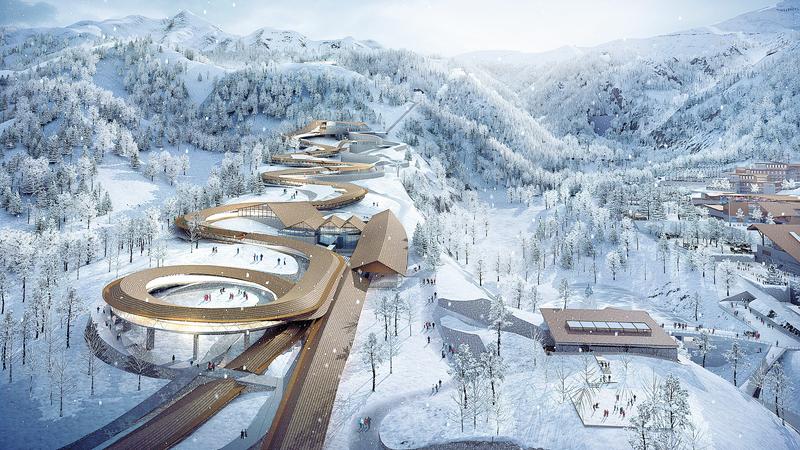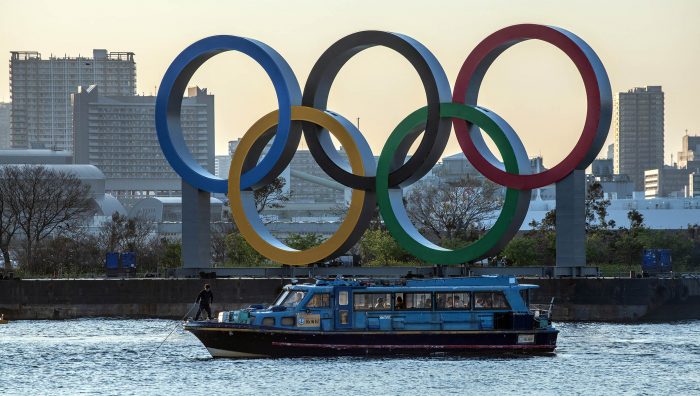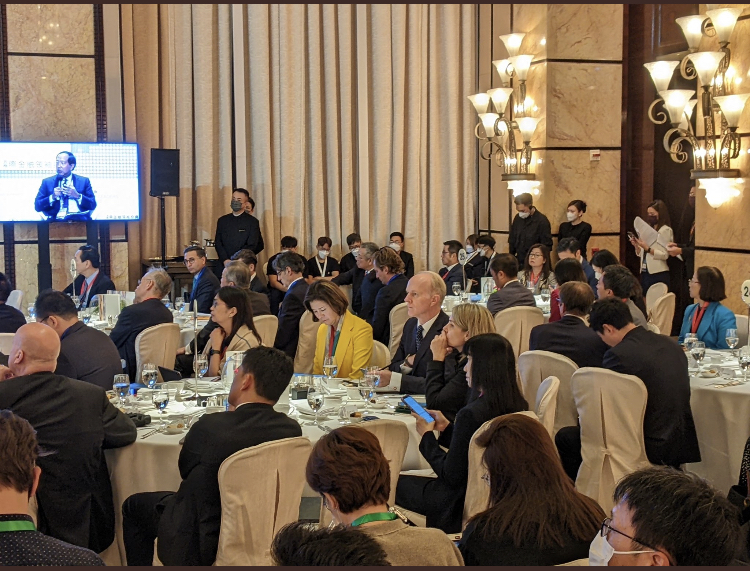Alfred Doolittle sang it in My Fair Lady – “Get me to the church on time” … For penny-pinching Alfred, his two main concerns were to arrive at his nuptial destination on time and in a relatively sober state for the main event. A man of simple taste, his expectations were low. He didn’t really care how he got to the church – a fruit barrow would have been sufficient.
But, being a thirsty man and partial to a tipple, he placed his trust in others to ensure his sober and timely arrival would be achieved.
Fast forward from Edwardian London to the present day. Conference and incentive planners face similar demands from their clients when transporting delegates from one place to another during the staging of a conference or incentive program. The only difference is there are now added demands and expectations. The “Get me there on time” rule still applies, but a list of riders adds the words “on budget” and “in style” to the order.

High delegate expectation demands that inventive and creative elements are injected into every event at every opportunity. The event must stand out and provide a memorable experience. Planners place great care into the construction of the themed components inside the conference or programme framework, but also seize the opportunities which lie within the logistical movement of delegates from one point to another. Transport to offsite events is more than just a group movement; it’s an opportunity to cleverly segue from one element to another while maintaining and augmenting the overall theme of the event.
Each city has its own unique physical features and cultural characteristics when it comes to local transport. Hong Kong’s and Sydney’s stunning harbours offer a complete, albeit very different, range of aquatic transport options. Monorails in Singapore and Kuala Lumpur get people off the ground and zipping above the cities. In Dubai and Abu Dhabi you can get around on the back of a camel and tuk-tuks in Bangkok hold an iconic appeal. London and Paris have their underground rail networks and buses, or in the case of London double-decker buses, are everywhere.
However, the challenge for the planner is to access the existing transport infrastructure in a given city, adapt it, theme it, work around its shortcomings and turn it into an event in its own right.
Jorgen Christensen is the executive assistant manager, sales and marketing of the shiny new The Langham Xintiandi Hotel in Shanghai. According to Christensen, Shanghai is a place for incentive delegates to see and experience at every opportunity.
“With our hotel being located in one of the most desirable sections of Shanghai – close to the French Concession – we have a long list of offsite venues within walking distance for our incentive groups to use for their events,” he says.
“We insist on making the transfer of delegates as memorable as possible and shamelessly use all the elements that comprise Shanghai in the experience – the beauty, history and modernity of the city’s structure. Our specially-trained hotel staff will escort small groups of delegates and act as tour guides along the trip, pointing out and providing information on the sites and features along the way. That way, the guest feels a part of Shanghai’s vibrancy and is treated more like an [independent traveller] than a herded group member,” he explains.

Christensen has had several requests from incentive clients to provide authentic and traditional Chinese experiences as part of their programme. While The Langham has been built with superior F&B facilities, which specifically cater for demanding conference and incentive clients, offsite functions are a reality of an hotelier’s life.
“We work with the client to provide that special experience. For example, if they elect an event [such] as a hawker-style meal in the streets, we suggest they go foot. However, for a truly authentic experience, we’d have them pedalling their own push-bikes the short distance. That’s what Shanghai’s about and we’d look after all the arrangements, including marshalling, working with the authorities and all the safety considerations. Being in a modern city with incredible infrastructure, we’d move a small or large group to their event at an area such as the Bund using the underground rail system. That way, the delegate gets to experience some of the excitement the locals take for granted,” he continues enthusiastically.
A major consideration in crowded cities such as Shanghai is traffic congestion and planners make every effort to ameliorate the effect of clogged streets – especially at rush hour. Christensen further explains. “In most cases, the end of an event signals a time for all delegates to get back to the hotel as quickly and efficiently as possible. More often than not, we would use a fleet of coaches to make the transfer and we’d plan the route taking into consideration any obstacles or traffic congestion”.
Buses or coaches have long been the preferred method of transport for group movements and for good reason – they’re smooth, usually comfortable, are available at call and can cater for groups from six to 6,000. But they lack a certain cachet when used for high-end movements. Most delegates associate bus travel with a cost effective and suburban mode of transport and the event co-ordinator who strives to provide a wow factor at every step will try to avoid their use. With budget and practicality dictating the financial realities of any event, however, coach travel to and from an event is usually the favoured option.
But buses fail to deliver an environmentally sensitive solution. Adding congestion to already clogged streets and spitting their contribution into the polluted city air, buses are falling from the favour of conference organisers who integrate the principles of their CSR policies into event planning.
Buses are often used in Australia’s top end destination – Darwin, at the end of an event. However, Malu Barrios, general manager of the Darwin Convention Centre, has a team of event specialists who create experiential guest transfers.
Built on the water’s edge, the convention centre has hosted over 70 major conferences in its short life and its clients request quintessential Darwin experiences when transferring their delegates to or from offsite events.
After a day’s exploration of the city and surroundings, conference passengers are boarded onto a typical Darwin Pearl Lugger – a vessel capable of carrying up to 200 – on the other side of town from the centre, at the marina at Cullen Bay.
Pearl Luggers reflect a romantic piece of Darwin’s marine history and hold great sentimental appeal for locals and visitors.
A growing number of operators, buoyed by the influx of business events which the centre has created, have developed a range of transport products and services that use the city’s natural features and heritage.
The sea journey takes the delegates around the harbour while they sip cocktails and enjoy canapés prepared by the centre’s kitchens. The lugger becomes a floating venue for pre-dinner drinks.
As the sun sets over Darwin Harbour and the day’s activities give way to an evening of style and elegance, the harbour cruise provides an ideal prelude to more formal after-dark activities. As the voyage ends and once on deck at the centre’s dock, guests are ushered along the boardwalk by a comical musician to be greeted by an Australian indigenous player delivering the unmistakable Australian sound of the didgeridoo.
“The combination of all the elements of the transfer means that there are no gaps in the programme and the wow factor continues even when we’re moving people from one place to another. In fact, there is so much going on, they don’t even know they’re in transit – it’s totally seamless and a lot of fun,” Barrios says.
“Maintaining control is important. The experience on board has to be to the same standards that the centre delivers. While the product is technically offsite, it still carries our brand,” she continues.
The convention centre’s Pearl Lugger transfer has been developed as a specific events product and has become a popular alternative to traditional carriers.
An alternative to moving people around a city or country, which ticks all the boxes, is to access a venue capable of catering for a variety of functions within its own perimeters. By defying the reliance on powered transport, a green aspect to the event operation comes into play.
Many hoteliers and convention centres worldwide have taken great care to include spaces and facilities within the confines of their property which cater for varying types of functions and, in turn, reduce the client’s need and desire for offsite events.
According to Peter Brokenshire, general manager, Kuala Lumpur Convention Centre, having the right facilities in the right location is the key to transportation logistics.
“As a venue provider, the incorporation of interesting elements to link each onsite venue to the event theme depends on how creative the client and respective PCO want to be,” he said.
And, on the occasions when clients request offsite events, he added: “For all international events, the centre collaborates with the Royal Malaysia Police for police outriders to move delegates and VIPs across the city hassle-free and with ease. Since the centre is located in the heart of the city, it’s not an issue to transport delegates to offsite venues located within a 25km radius.”
Of course, cruise companies worldwide claim the most valuable prize is in the journey rather than the destination and that the experience on board a fine ship provides the ultimate in incentive transport.
Budget permitting, cruise ships epitomise a bygone romanticism of travel and hold an aspirational quality that is rather difficult to dispute.
The very nature of the transport requires little theming and the need for traversing distances, great or small, between programme events is obviated by the compact nature of the vessel.
In short, a cruise is a one-stop shop when it comes to a themed mode of transport. It’s all about moving from one destination to another in absolute style. And there’s no added cost in moving delegates from the Stellar Polaris Bar to the lounge for a cocktail party with the Captain – portholes and sea views along the way provide the most genuine theme.
But, for most conference or incentive participants, the thought of sipping Mo?t during a South Pacific sojourn on a 4-MasterCraft with 30 or 40 fellow high achievers is the stuff of dreams. Maybe that’s why it’s considered such an ultimate reward. For the rest of us – I’ll save a seat for you on the bus.

Watch out! Some pitfalls
• Keep the authorities on your side – make sure your planner has a good relationship with the local authorities if you’re planning an event or transportation to a public place.
• Don’t let it rain on your parade – always have a wet-weather contingency plan B.
• One size does NOT fit all – have alternatives – people can be nervous about helicopters, tight spaces, heights, water, etc.
• Round ‘em up make sure there are enough marshals to keep the group tight and keep an eye on strays keen to look or shop.
• Last minute check – advance planning is vital, but check at the last minute for any road closures, traffic hazards that may spring up on the day.
Common and unusual transport methods used to move groups
Helicopters, trains, boats, luxury limousines, army ducks, Segways, river cruisers, monorails, coaches, hot-air balloons, elephants, (India), Harley-Davidsons (US), horse-drawn carriages (Vienna), feluccas (Egypt), tuk-tuks (Bangkok), trishaws (Vietnam), wind surfers (Hawaii), camels (Dubai and Australia), shopping carts (Singapore), horseback ( Argentina), junks (Hong Kong), jeepneys (The Philippines), double-decker buses (London), push bikes (Shanghai), dog sleds (Canada), gondolas (Venice), pedicabs (New York), the Metro (Paris), Bullet Train (Japan) and Shanks’ Pony (everywhere else) …


